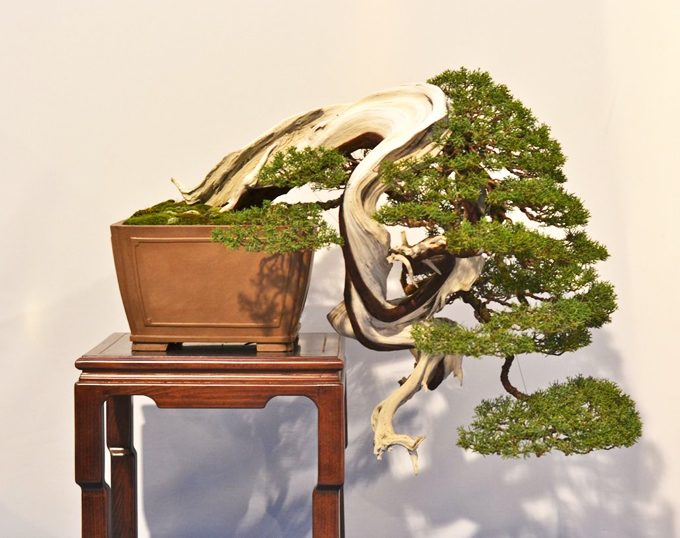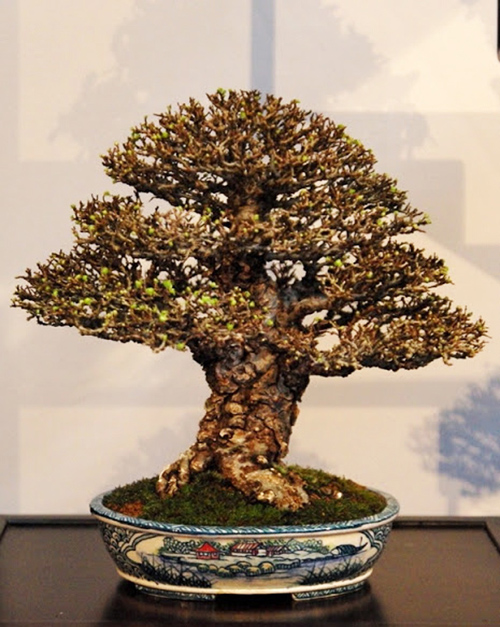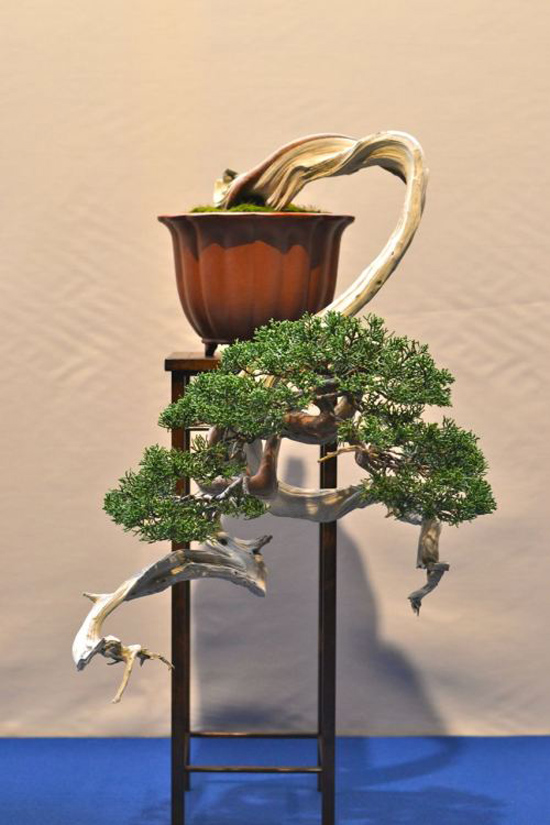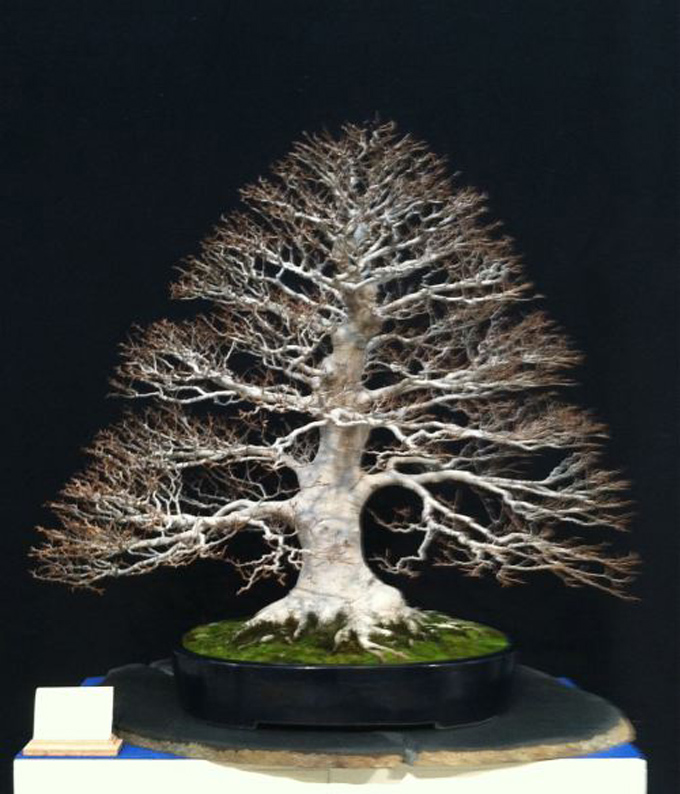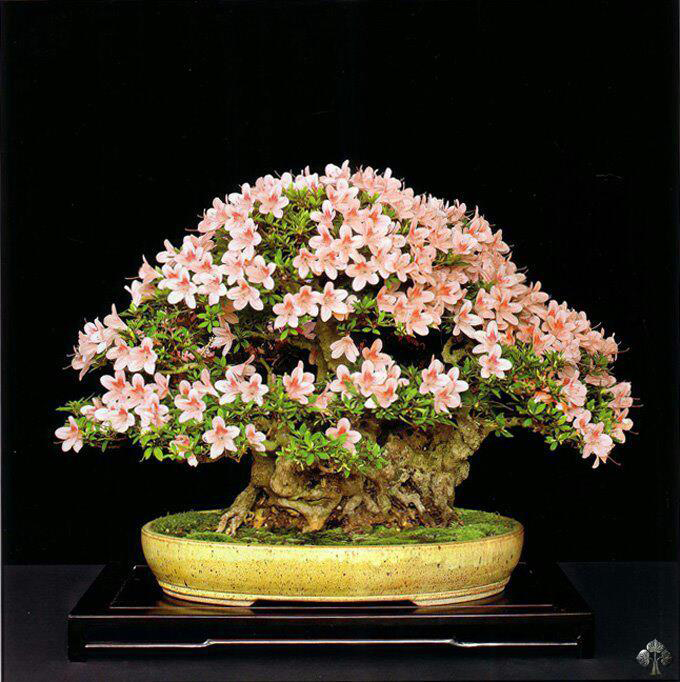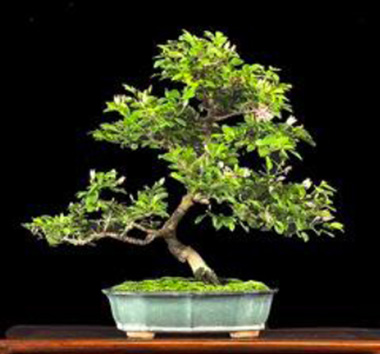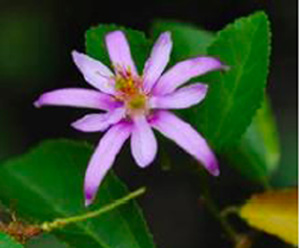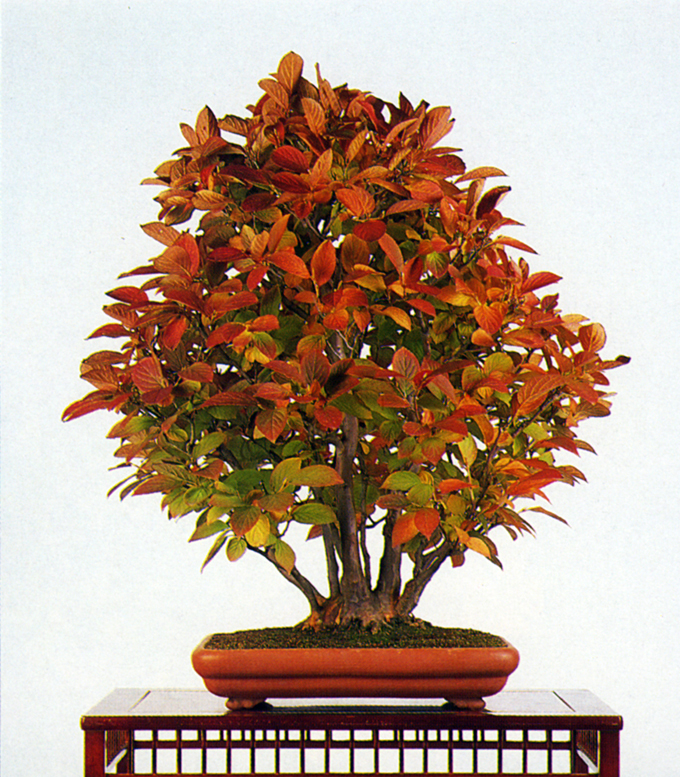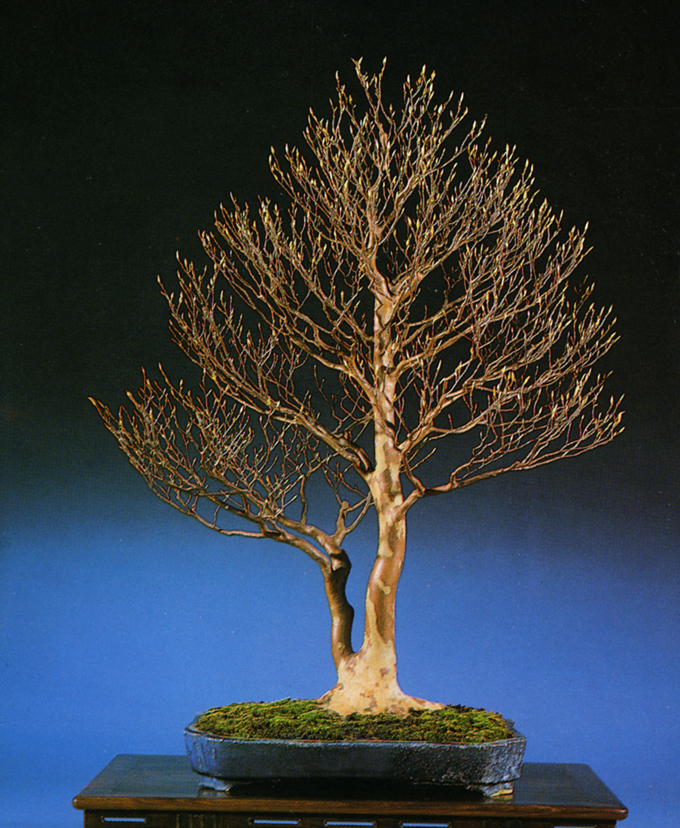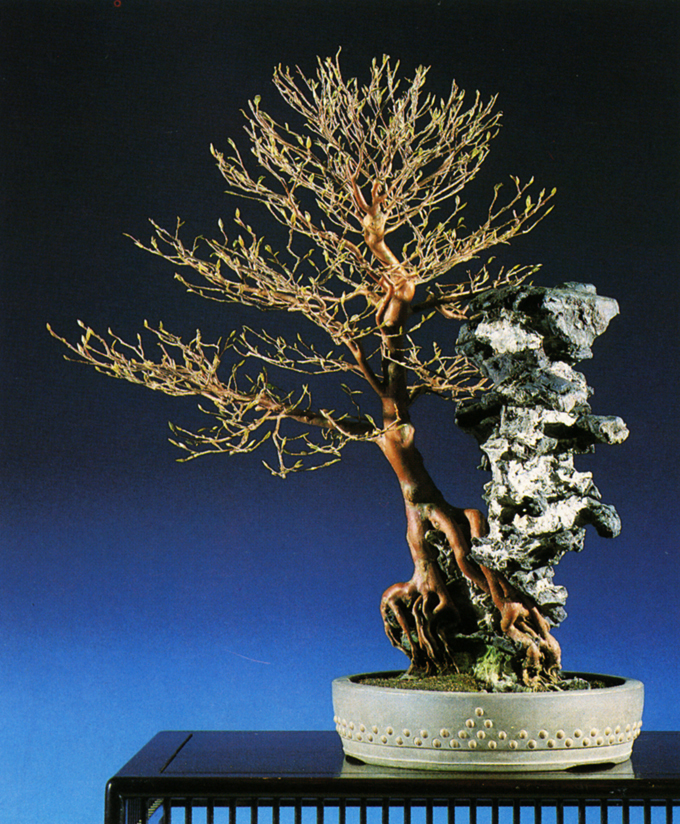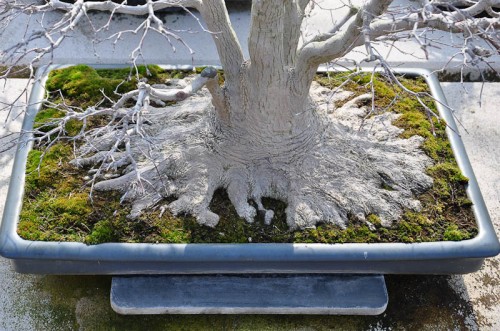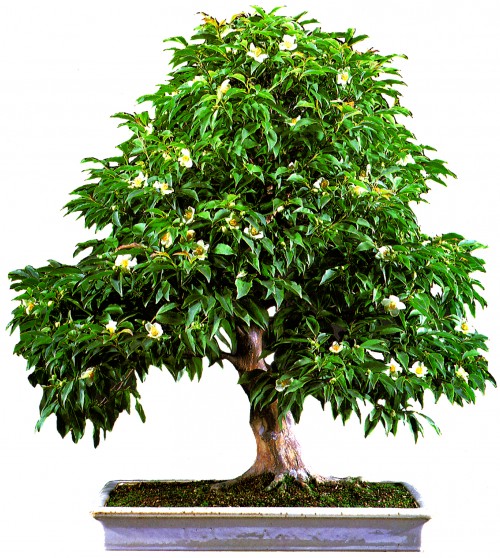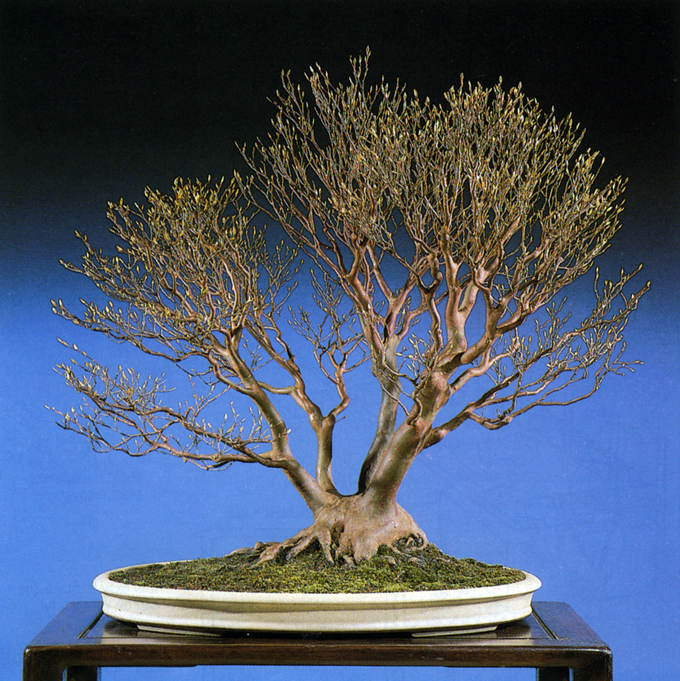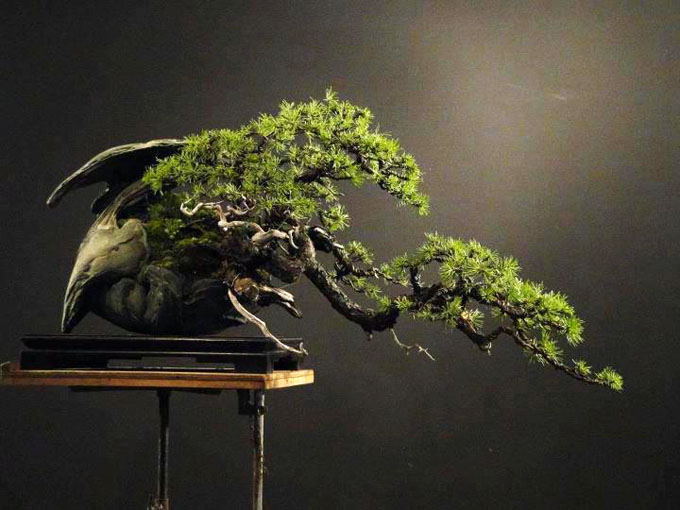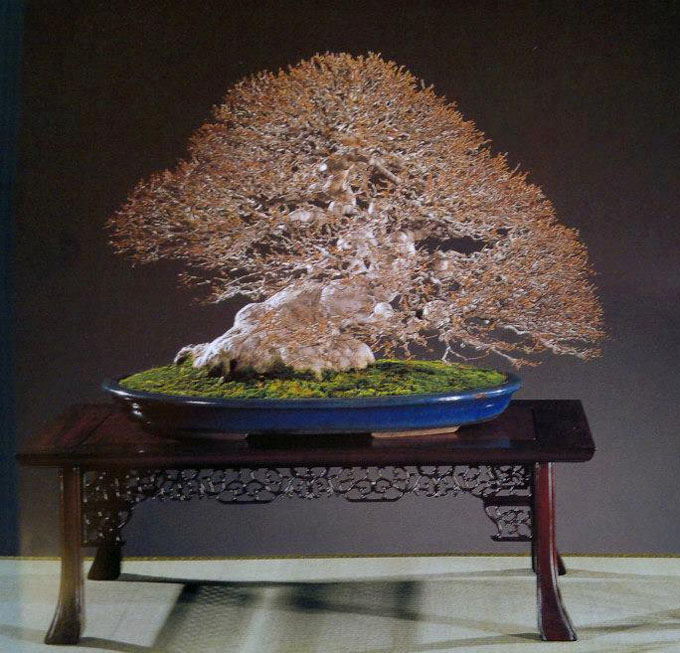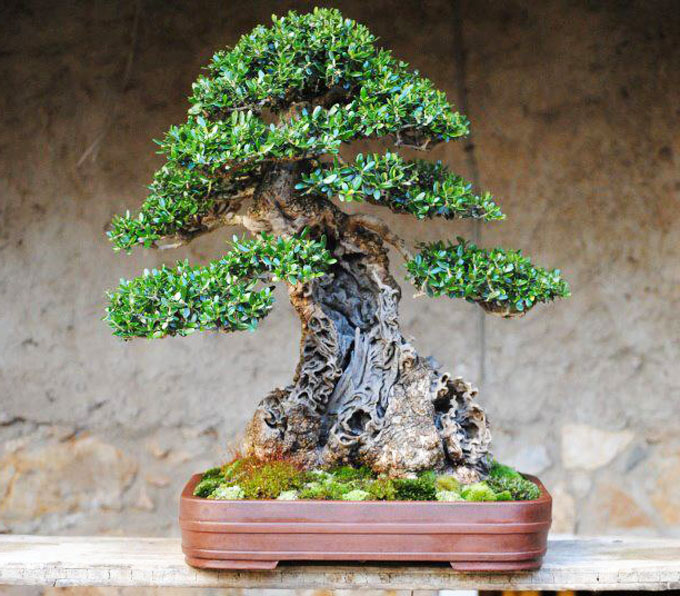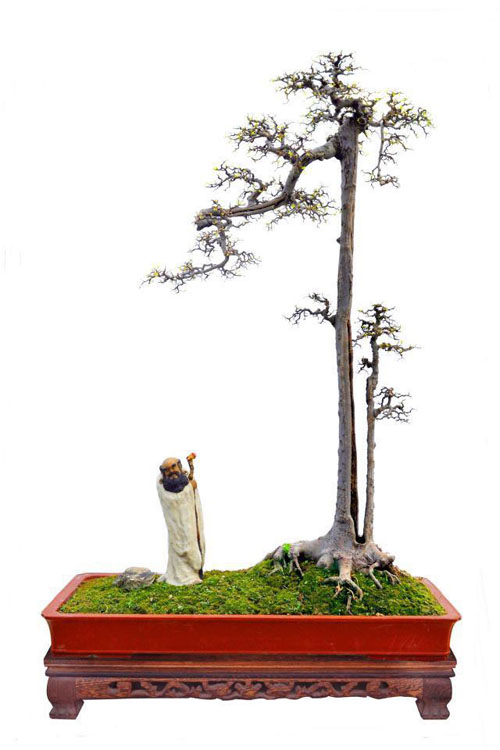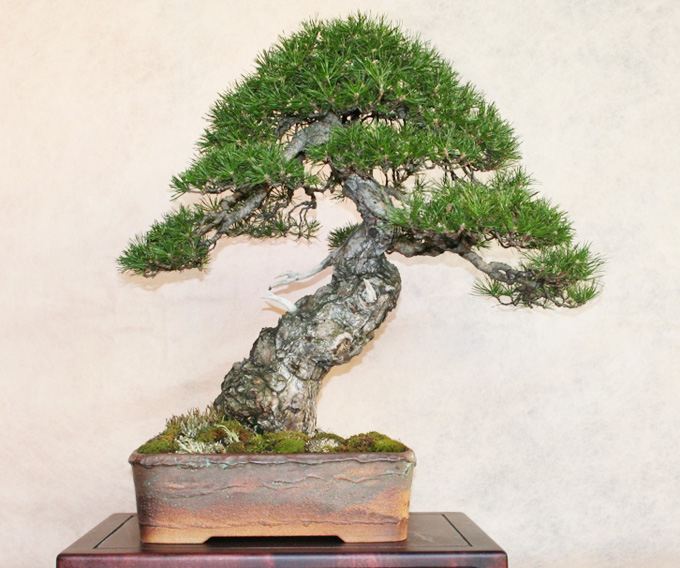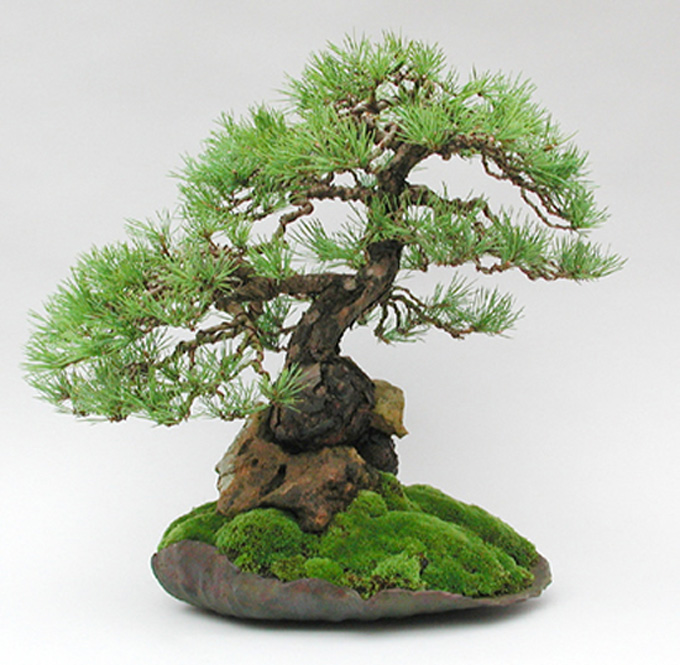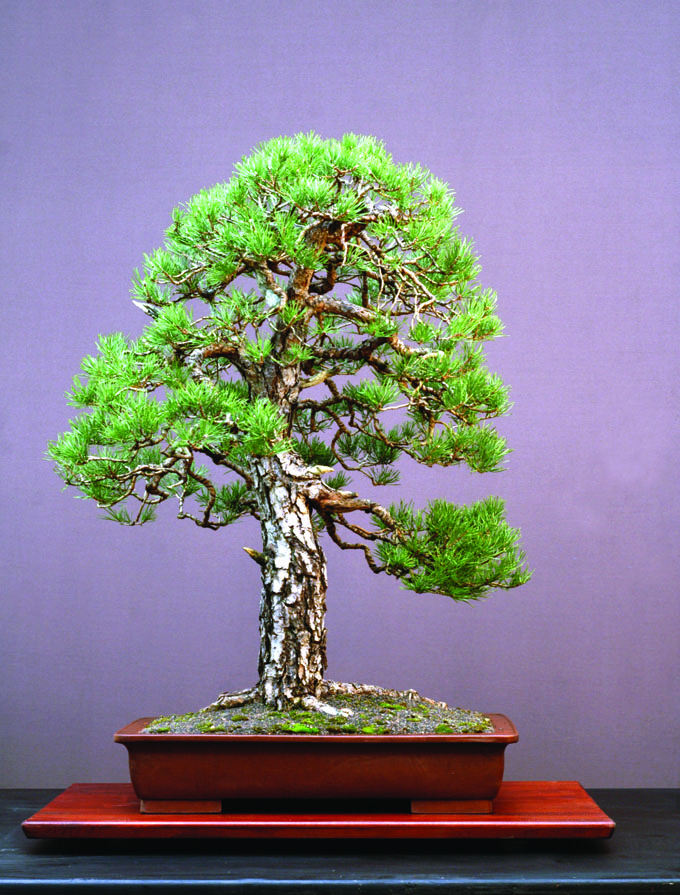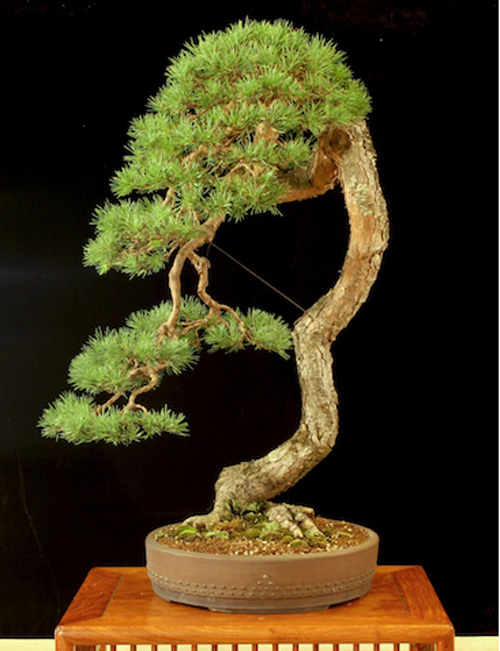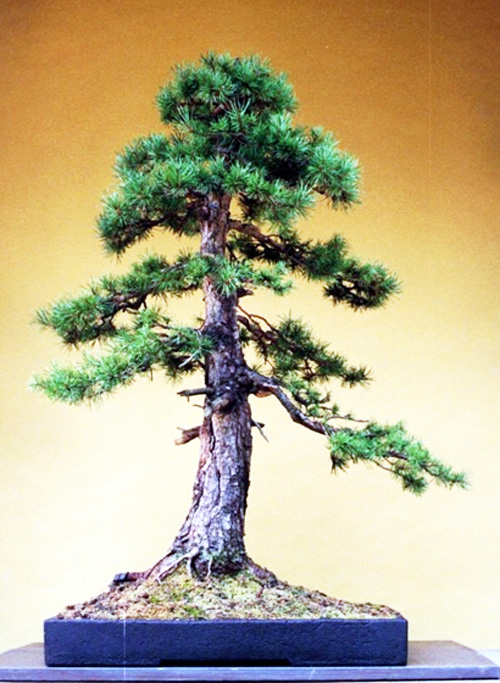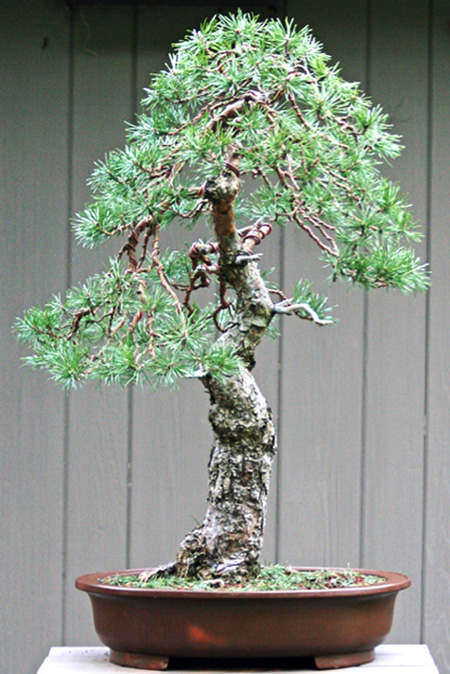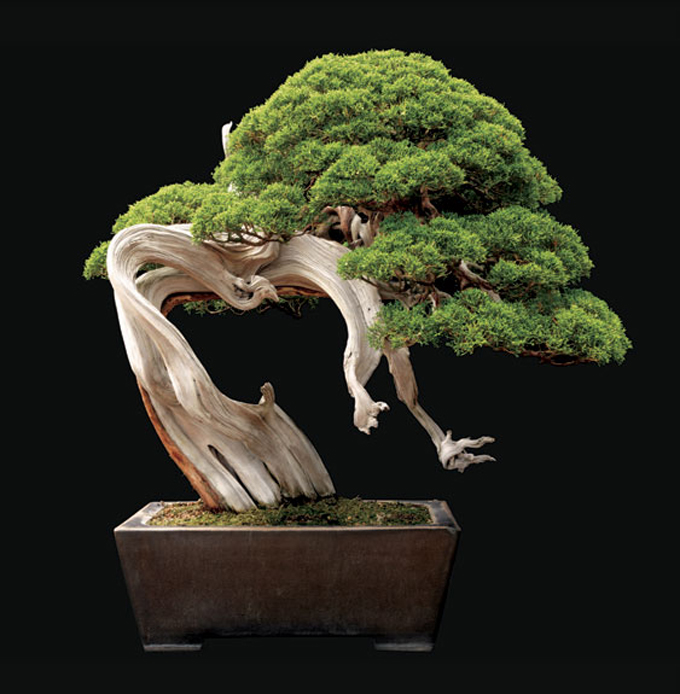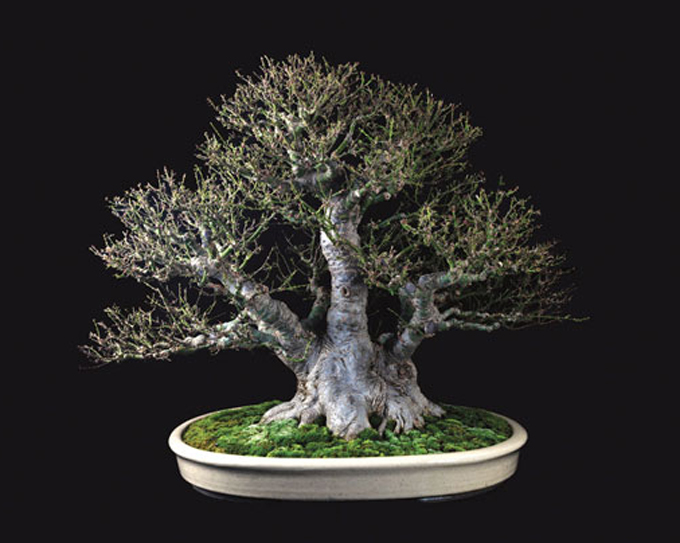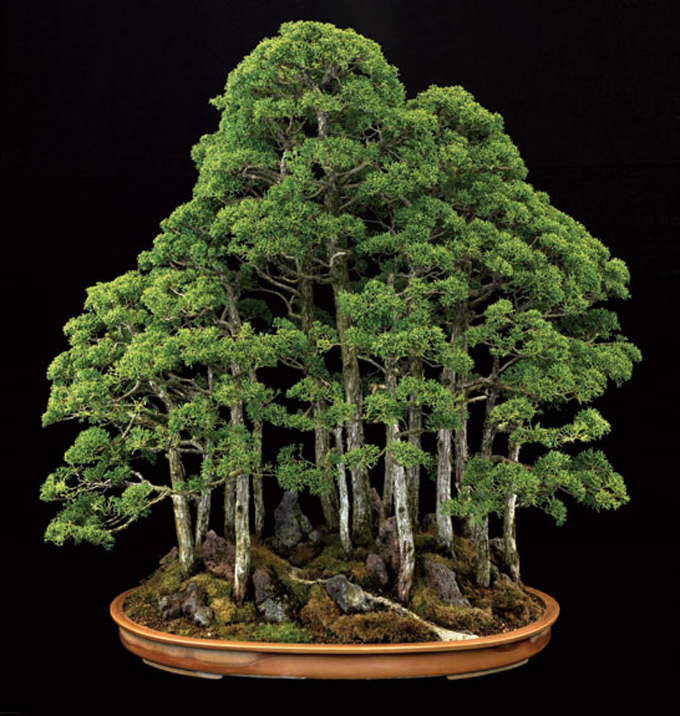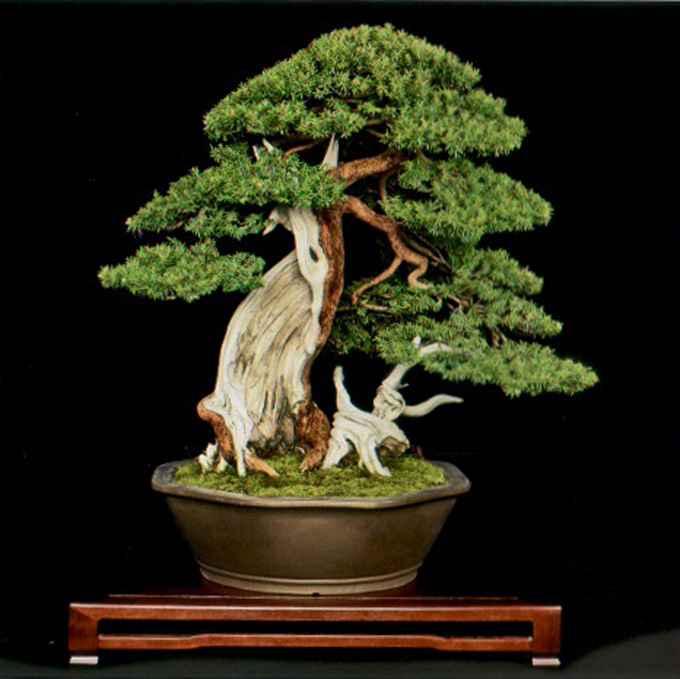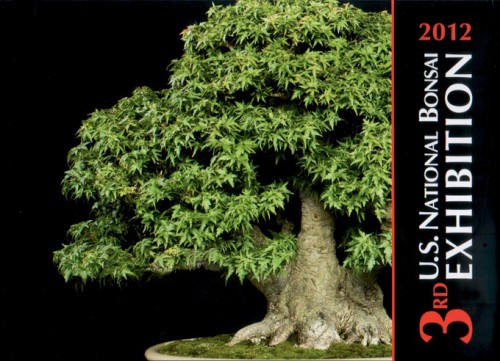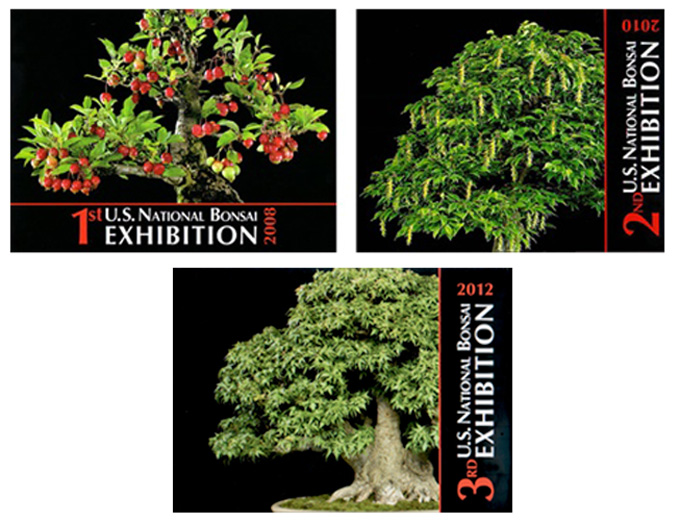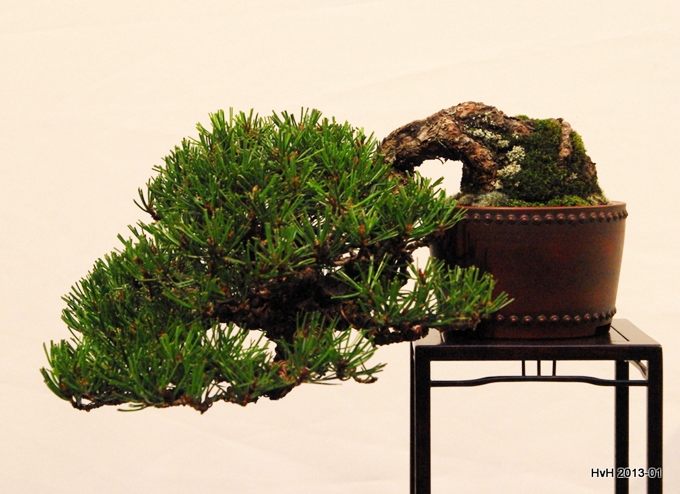 This pine by Mark and Rita Cooper was part of their second place Shohin display at the Noelanders Trophy. Mark and Rita also won the first place Shohin display (see below). All the trees in this post belong to Mark and Rita. All the photos are borrowed from Bonsai Eejit.
This pine by Mark and Rita Cooper was part of their second place Shohin display at the Noelanders Trophy. Mark and Rita also won the first place Shohin display (see below). All the trees in this post belong to Mark and Rita. All the photos are borrowed from Bonsai Eejit.
In our last post we showed a small Chinese elm (see below) by Mark and Rita Cooper that was part of their first place Shohin display at the 2013 Noelanders Trophy. It was unattributed because I didn’t know who it belonged to. Now, thanks to Bonsai Eejit we know, and, as one thing leads to another, that knowing has led to this post.
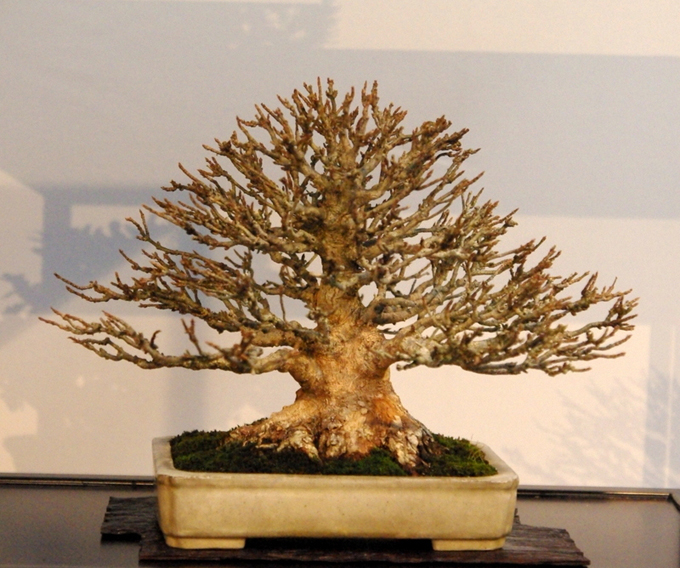 Trident maple by Mark and Rita Cooper. Though I wasn’t able to find the dimensions, it’s a shohin so we know it’s small, which makes the impressive nebari, taper and ramification even more impressive.
Trident maple by Mark and Rita Cooper. Though I wasn’t able to find the dimensions, it’s a shohin so we know it’s small, which makes the impressive nebari, taper and ramification even more impressive.
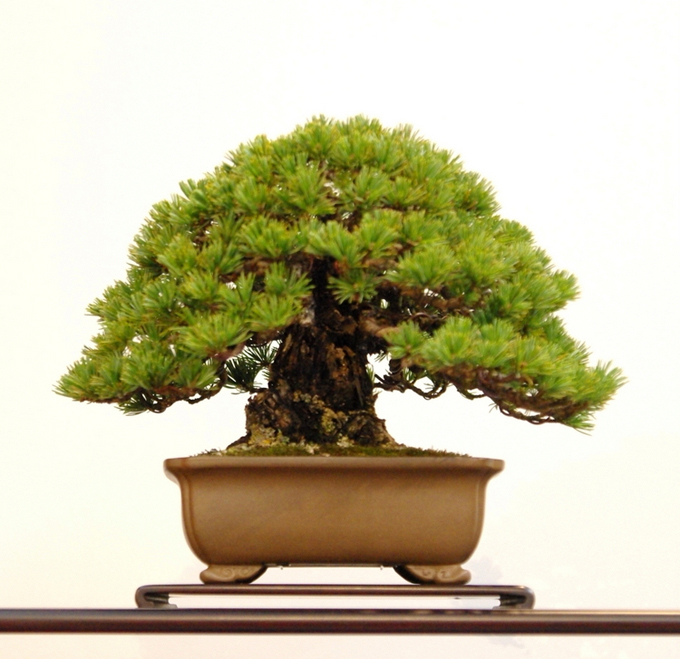 This little pine was part of Mark and Rita’s first place Shohin display (see below).
This little pine was part of Mark and Rita’s first place Shohin display (see below).
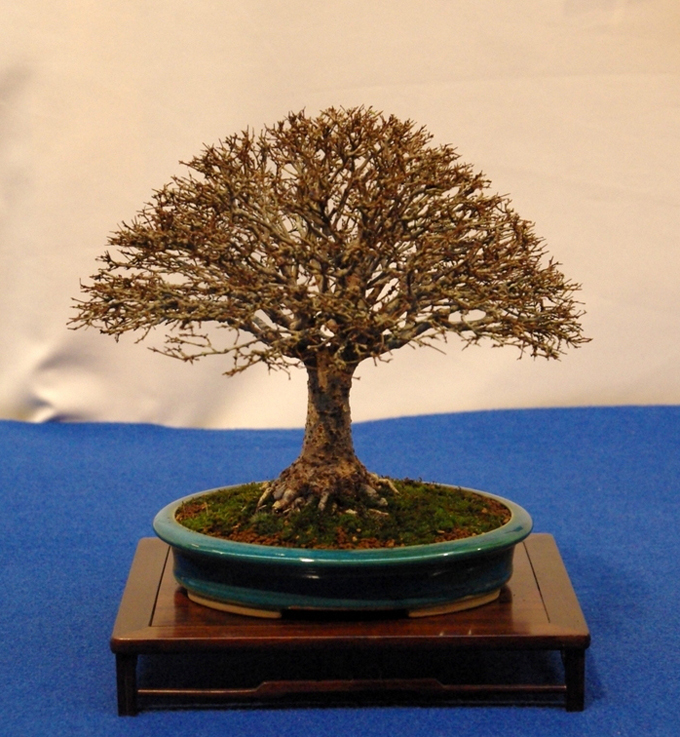 Nice pot-tree combo with this sweet little broom-style Zelkova. It’s from Mark and Rita’s second place Shohin display.
Nice pot-tree combo with this sweet little broom-style Zelkova. It’s from Mark and Rita’s second place Shohin display.
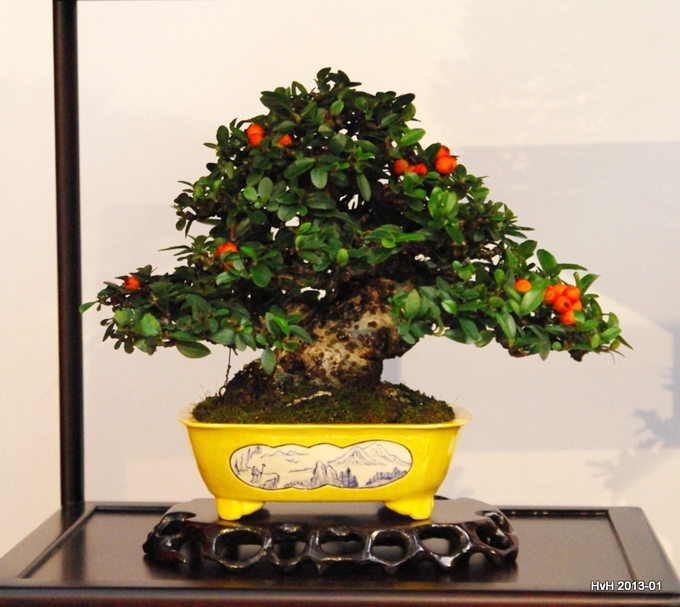 I think we’ve shown this colorful little Pyracantha with its bright yellow pot before. It was part of Mark and Rita’s first place display at this year’s Noelanders Trophy.
I think we’ve shown this colorful little Pyracantha with its bright yellow pot before. It was part of Mark and Rita’s first place display at this year’s Noelanders Trophy.
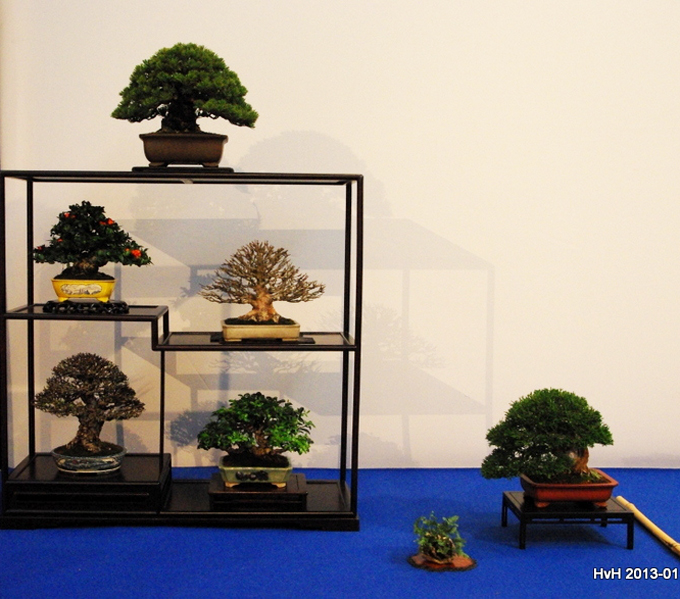 Mark and Rita’s first place Shohin display. The photo isn’t perfect, but you get the idea. The photo on their second place display is even less perfect, so we won’t bother. You can see it here at Bonsai Eejit though.
Mark and Rita’s first place Shohin display. The photo isn’t perfect, but you get the idea. The photo on their second place display is even less perfect, so we won’t bother. You can see it here at Bonsai Eejit though.
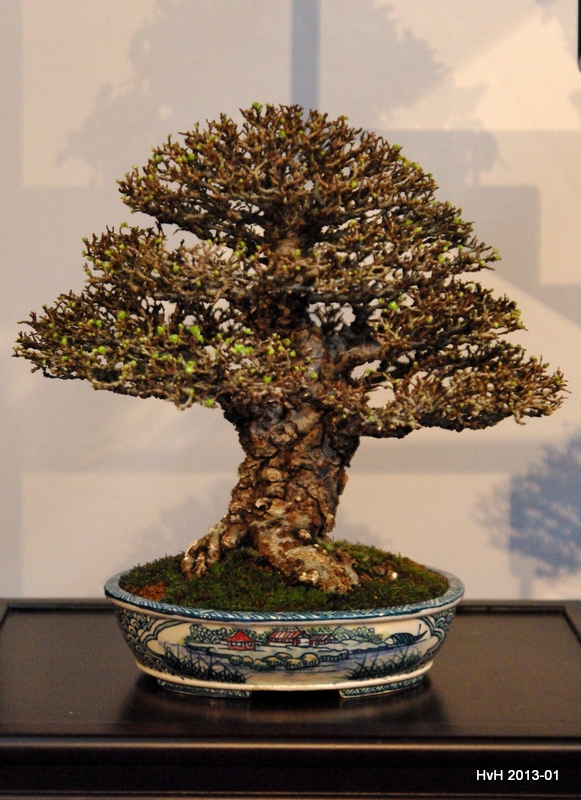 Here’s that little elm that we showed last time. Given it excellent features, especially its remarkable ramification for such a small tree, its attractive corky bark and of course, the great pot, it’s worth another show.
Here’s that little elm that we showed last time. Given it excellent features, especially its remarkable ramification for such a small tree, its attractive corky bark and of course, the great pot, it’s worth another show.
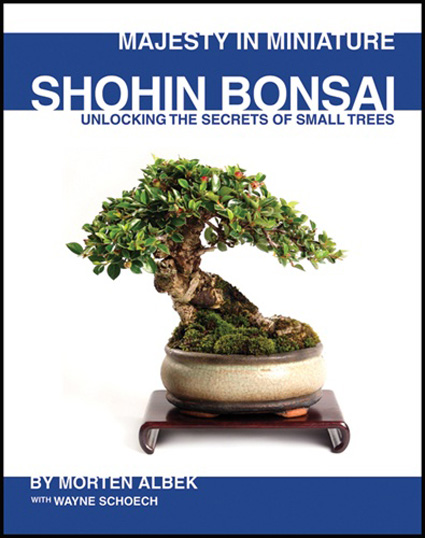 The best (and only) Shohin bonsai book in English. If you want to really dig into the art of Shohin bonsai, there’s no better place to start than with Morten’s classic. Now on special at Stone Lantern.
The best (and only) Shohin bonsai book in English. If you want to really dig into the art of Shohin bonsai, there’s no better place to start than with Morten’s classic. Now on special at Stone Lantern.
